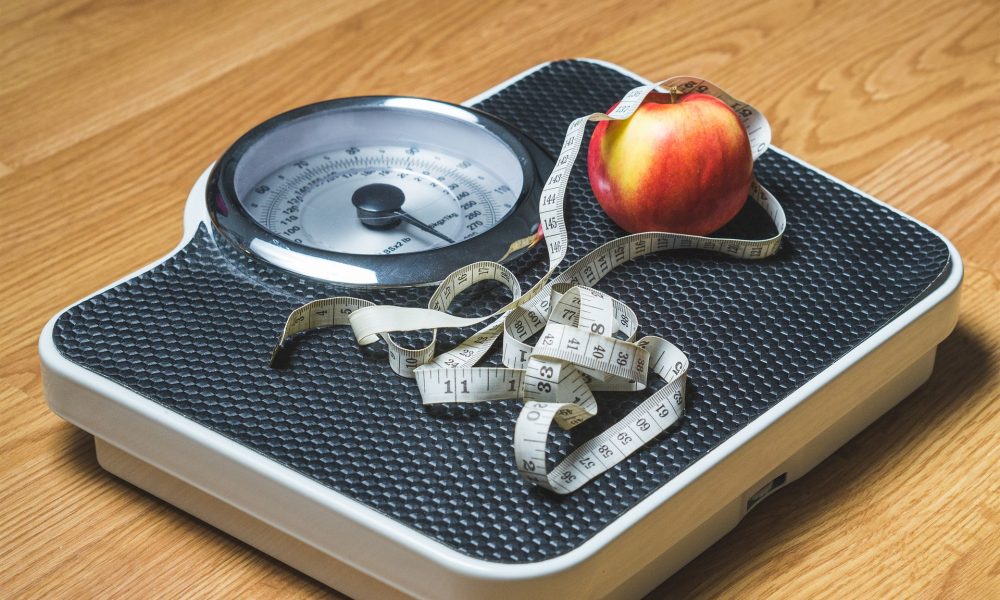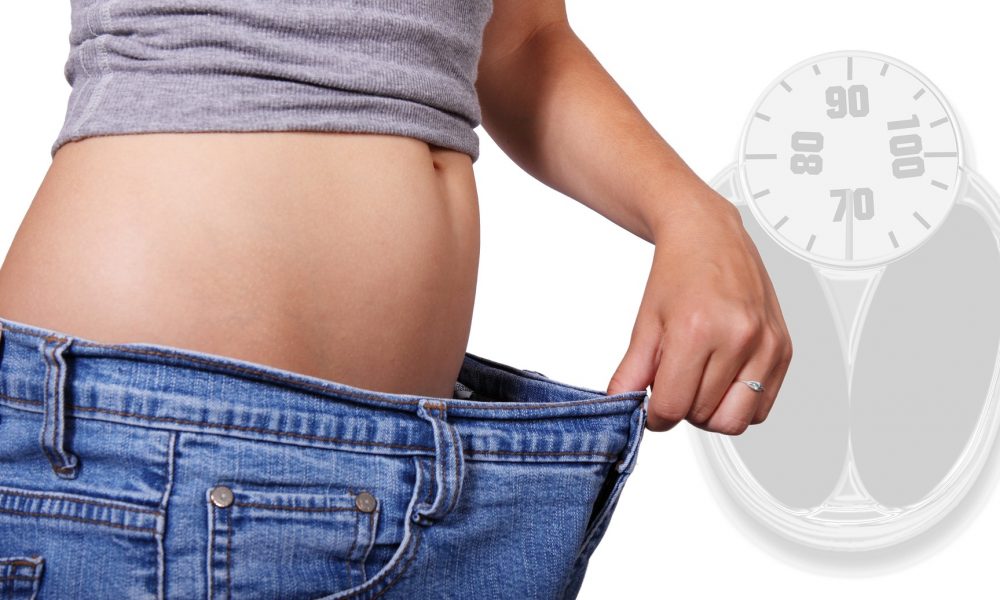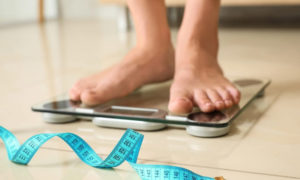
The Definitive Detoxing Guide for Dummies
Detoxing is the latest buzzword and everyone thinks they need to detox. However, nobody knows what they’re detoxing from, what detoxing accomplishes, and to how to go about it.

Alright, have a seat. We need to have a talk about weight loss my friend.
You clicked on this article because you’re probably sick of trying every diet possible, yet can’t lose weight. Your sole mission is to see the scale go down and the fat hanging off your waist to vanish.
Fortunately, to lose weight you simply have to be in a consistent caloric deficit. A caloric deficit is where you consume fewer calories than you burn over time (1).
Research has consistently shown that weight loss primarily comes down to a caloric deficit. Everything else is secondary to being in a caloric deficit when it comes to weight loss (2).
It’s basic thermodynamics. Simply put, if you’re not losing weight, it means you’re not in a caloric deficit even if you think you were.
If your weight has stayed relatively the same in recent history, then it means you’re currently at caloric maintenance meaning you’ve been eating about the same amount of calories as your body burns.
If your weight has gone up in recent history, then it means for the most part, you’ve been in a caloric surplus indicating you’ve been eating more calories than your body can burn.

This is called energy balance and again it is the undeniable law of physics. It applies to everybody living on planet Earth and any diet that’s ever worked has only worked because it got someone into a deficit. For example, low carb diets can work for many people not because carbs prevent weight loss, but simply because by abstaining from carbohydrates, you end up cutting out a bunch of calories.
This is the unsexy truth that weight loss marketers can’t tell you because it’s much more marketable to blame certain food groups or nutrients, when in reality, your overall calories in vs calories out is what truly determines weight loss (3).
It’s simple in theory, but let me elaborate on the finer details.
First is the energy in aspect. This is the food and drinks you put inside your body. If it contains calories, then its counted towards your energy intake. This side of the equation is pretty simple and arguably most important.
If you want to reach a caloric deficit, it’s wise to consume lower calorie foods especially ones with a lot of volume as they tend to be more filling relative to their calories.
Some low-calorie foods to prioritize are lean meats, fish, vegetables, fruits, and whole grains.
In addition, it helps to physically track the calories that enters your mouth. Tracking isn’t necessary to be in a caloric deficit, but tracking ensures accuracy.
You wouldn’t believe the number of people I interact with daily who passionately swear they’re in a caloric deficit yet don’t even track. That’s like moaning about being in debt while not even tracking your finances.
Now let’s move onto the second part of the equation, calories out.
The more calories you consume, the more you’re going to have to burn off or expend in order to reach a caloric deficit.
When it comes to energy out, there are 4 main ways your body burns calories.
RMR stands for resting metabolic rate and it refers to what many people call your metabolism. This is the amount of calories your body burns just to exist and sustain basic function. This makes up a majority of your energy expenditure at about 50-80% (4).
Generally speaking, bigger people, muscular people, or people with amazing genetics will have high resting metabolic rates allowing them to burn a lot of calories without really trying. Besides going back in time and finding parents with great genetics, you can build muscle to increase your resting metabolic rates slightly. This is one of the many reasons why strength training is superior to cardio.
Exercising also burns calories. Exercising consists of about 5-30% of your total energy expenditure. This isn’t much for most people as the average person doesn’t exercise regularly for a meaningful amount of time (4).
But still, if you’re exercising inconsistently or not doing it at all, simply adding more workouts in the week could be the difference you need to get into a meaningful deficit.

Neat stands for non-exercise activity thermogenesis. Neat is basically all the physical activity you do outside of exercising and accounts for about 5-30% of your total energy expenditure (5).
You are partaking in neat right now simply by scrolling through this awesome article and moving your eyes. Other forms of neat include fidgeting, involuntary body movements, walking, toe-tapping, or that slight shiver you do after a long pee.
If you want to take advantage of burning more calories through neat, I simply suggest sitting less and walking more. If you have a sedentary desk jobs, it’ll be wise to take breaks from your desk when you’re able to.
TEF stands for the thermic effect of food. It refers to the calories you burn when your body digests food. This only accounts for about 5-10% of total energy expenditure, but can still be intentionally optimized (4).
Foods that require your body to burn the most calories during digestion are foods high in protein and fiber.
So a powerful way to increase TEF is simply to allocate more of your daily calories towards lean meats, legumes, and vegetables.
Calories in vs calories out is also not a static equation. Aspects on both ends change all the time, but it’s important to understand weight loss still comes down to taking in fewer calories than you burn off over time.
Grab my free checklist on how to defeat your worst food cravings

Detoxing is the latest buzzword and everyone thinks they need to detox. However, nobody knows what they’re detoxing from, what detoxing accomplishes, and to how to go about it.

The scale is a dick huh? Well, that’s what you assume because you’re hyperemotional about it, so perhaps you’re the dick here. Didn’t think I’d turn the tables like that so early huh?

Training to Failure – Optimal or Overrated? The training to failure debate rages on as bros, lifting nerds, and coaches just can’t seem to agree